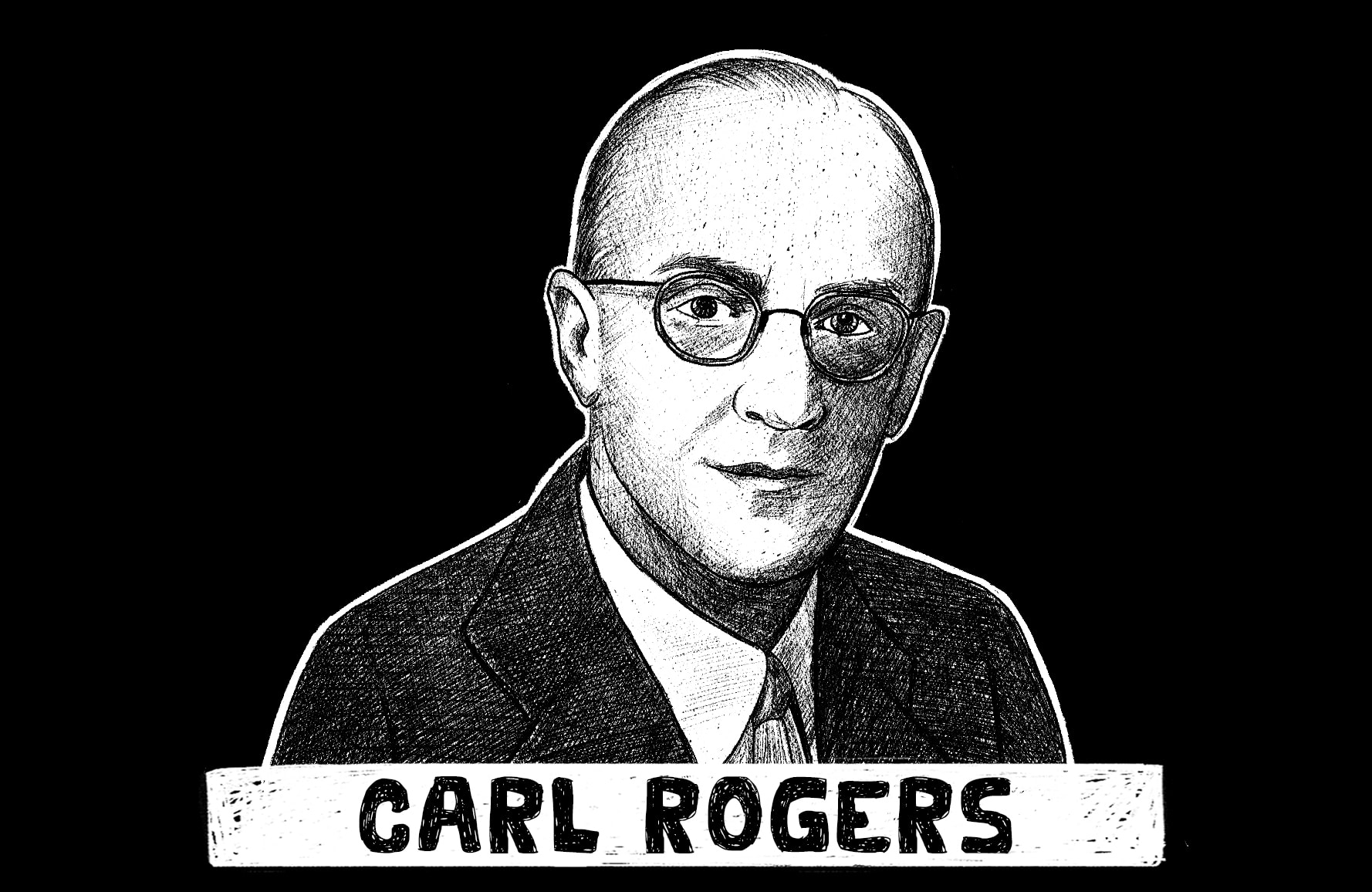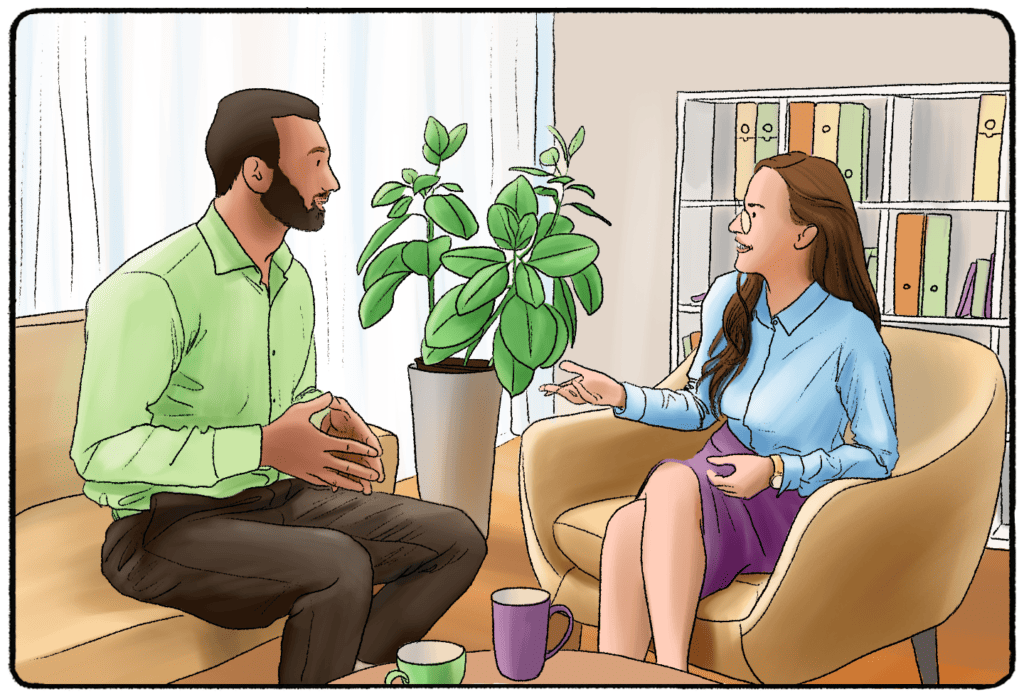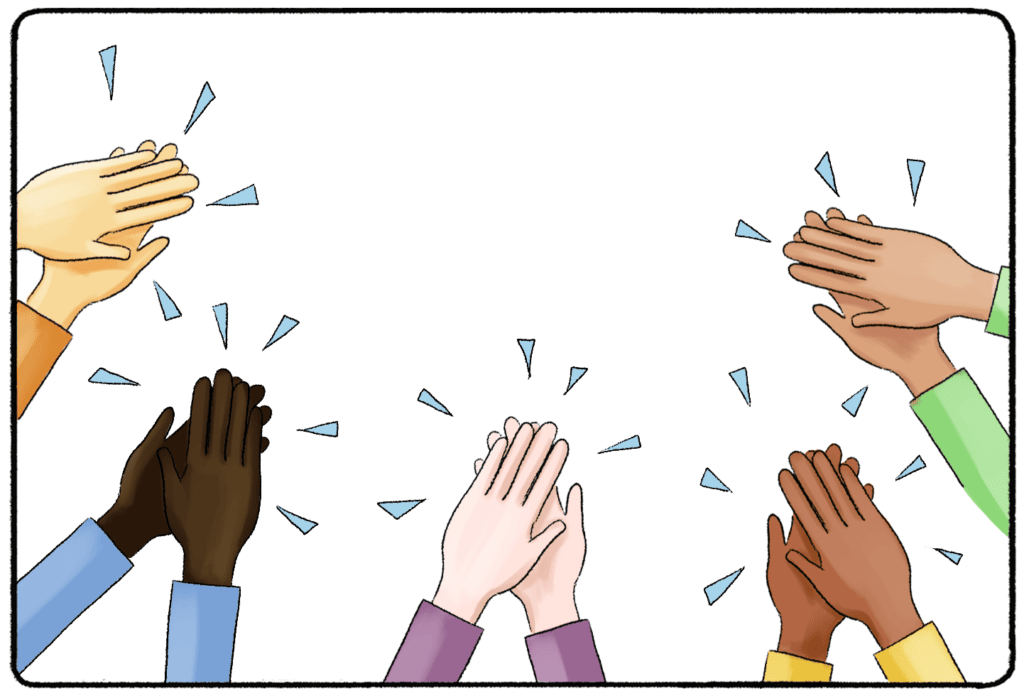You may be a psychology student or someone seeking therapy and wondering what exactly Client Centered Therapy is. In this article, we are going to cover the history of it, along with the benefits and drawbacks of this specific type of therapy.
What is Client Centered Therapy?
Developed by Carl Rogers, Client centered therapy is a therapy style centered around the client. Therapists who use this technique try to create an environment of Unconditional Positive Regard. They create a space that is safe for their clients and one that is unencumbered by the fear of judgment.

Client-centered therapy is classified as a humanistic approach to therapy. The Characteristics of client centered therapy are:
- Providing a warm environment
- Creating a judge-free zone
- Asking open-ended questions
- Letting the client lead the therapy
- Sessions based on self-discovery
At the time that Rogers proposed the Client Centered Approach, it was not vastly popular because psychodynamic and behavioral approaches were being used. It was not even called client centered therapy at the time it was developed, it was named non-directive therapy.
The thinking that led Rogers to Client Centered Therapy was his belief that the clients themselves are the best therapist; that they themselves are the key to their own self-understanding. He also called this “Self Directed Behavior”.
Benefits of Client-Centered Therapy
Carl Rogers was very adamant about not calling clients “patients” because patients implies that someone is sick and needing care, rather than someone who is in control of their own destiny and was only seeking help in overcoming their trials. This benefits patients as it empowers them.
The center of the theory is changing the client’s self-perception into something more positive. The way this is achieved is through open-ended questions, letting the client speak on what comes to their mind and then the facilitator will ask questions that enable them to expand on their own thought processes. Outside of the therapist's office, the patient can continue this process on their own.
Example of Client Centered Therapy
Amanda is looking around for a therapist, she suffers from a lack of confidence about the way she looks, her intelligence, and her overall self-worth. This makes Amanda get into relationships with toxic men who don’t treat her well, as well as career advancement troubles that make it hard for her to elevate in her workplace.
Amanda gets a recommendation to see Kay, a local therapist who specializes in Client Centered Therapy. When she goes in for her first appointment Kay starts by asking her about her life, anything important that she feels like is relevant. She doesn’t give any parameters on where to start, just letting Amanda talk freely.
Amanda starts by telling her about her father who left when she was only 10 years old. Kay asks her how that affected her when she was younger and how she feels it affects her now. Amanda says that she didn’t understand it much when she was younger, and that her dad was absent even before he left.
Kay then asks her if she feels like his absence made it easier when he walked out. Amanda keeps talking about that part of her life, which eventually leads into her discussions about the types of men that she chooses and how she feels that she chose those men because they remind her of her father.
Example of The Results of Client-Centered Therapy
The session ends with Amanda having spent most of the time talking, and Kay just listening and trying to understand Amanda’s life. After a couple of sessions that just go like that Amanda starts making discoveries about how she accepts little of herself and the people she lets into her life because she feels that she wasn’t good enough for someone she thought was supposed to be there for her.
This is the basis of Client Centered Therapy. Amanda did most of the talking and found her own road to self-discovery and Kay was just facilitating and being a mediator through Amanda’s emotions. There was no judgment, just questions that led Amanda to think deeper about her own feelings.

Who Does Client-Centered Therapy Work For?
Although this approach can be a great way to reduce stress or anxiety, it may not be ideal for more serious mental conditions. u/feelthinker had this to say about client-centered therapy on the psychologystudents subreddit:
"In most disorders, other therapies such as CBT have stronger evidence base than client centered therapy. For a list of treatments with best evidence for any mental health disorder, you should either look up meta-analytic reviews or the reports of evidence-based care regulatory body. "
Three components of Client Centered Therapy
The first component is genuinity. The therapist needs to have a genuine interest in the clients problems and needs. They also need to be as open as they are asking their clients to be, as that will encourage the client to open up as well.
The second component is Unconditional Positive Regard. While the therapist needs to be open and encourage the client to be open, they also need to be accepting and supportive. Being accepting of whatever and whoever the person is in that moment is a big proponent of this style of therapy.

The third and final component of Client Centered Therapy is Empathetic Understanding. Empathetic understanding is taking on the emotions of the client as your own. This makes the client feel safer to further open up and makes the client understand and see their emotions better.
These 3 keys components promotes the client's self awareness and understanding of their own thoughts and feelings. It has proven to be very successful and today is the most widely used form of therapy.
Extra Tips for Client Centered Therapy
- Active listening: Always make sure your client knows that you’re listening. This is not just actual listening; but nodding, restating sentences to make sure you have understood correctly, using queues like “okay/interesting/uh huh”. It’s one thing to be listening, but you have to make sure your client knows it too.
- Body Language: This is a form of letting your client know that you’re interested in what they are saying. Also, studies have shown that mimicking body language makes people feel more comfortable around you and gives them a sense of relatability to you.
- Tone: Tone should remain stable throughout the session. Major dips in tone could give the client the impression of judgement. Tone should be perceived as supportive.
- Affirmations: Show appreciation for what you’re hearing and what the client is willing to tell you in confidence. This can be just a general nod or it can be words of affirmations such as “Thank you for telling me this”. Affirmations are just another way for the client to feel more comfortable opening up and being honest.
- Rephrasing: Oftentimes trying to understand what the client is telling you can be the most effective way for the client to really understand how they feel themselves. Rephrasing what the client said to make sure you understand what they are saying will have them further explain themselves and they will further understand their own feelings.
Client Centered therapy has been the catalyst for therapy since the early 20th century and has continued into the present. There are new techniques being discovered to keep the future of this approach up to date. The humanistic approach to therapy is, by the opinion of many professionals, the best way for the road to self discovery.



